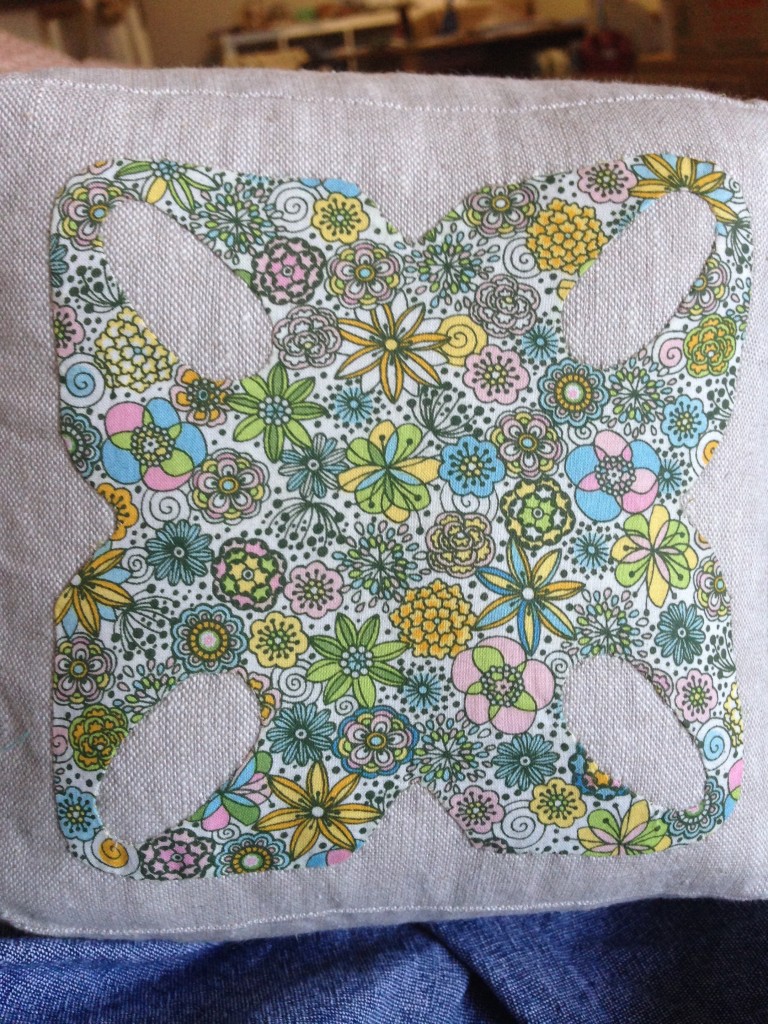How to glue baste and machine stitch quilt binding
Truthfully, I always prefer a hand-sewn binding, but sometimes deadlines get the best of me and I have to take the faster route. I was able to finish four of the six quilt in the American Travels series by hand before I shipped them off to Accuquilt (they’ll be on display through March and April!), […]
How to glue baste and machine stitch quilt binding Read More »

